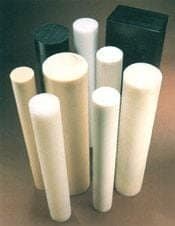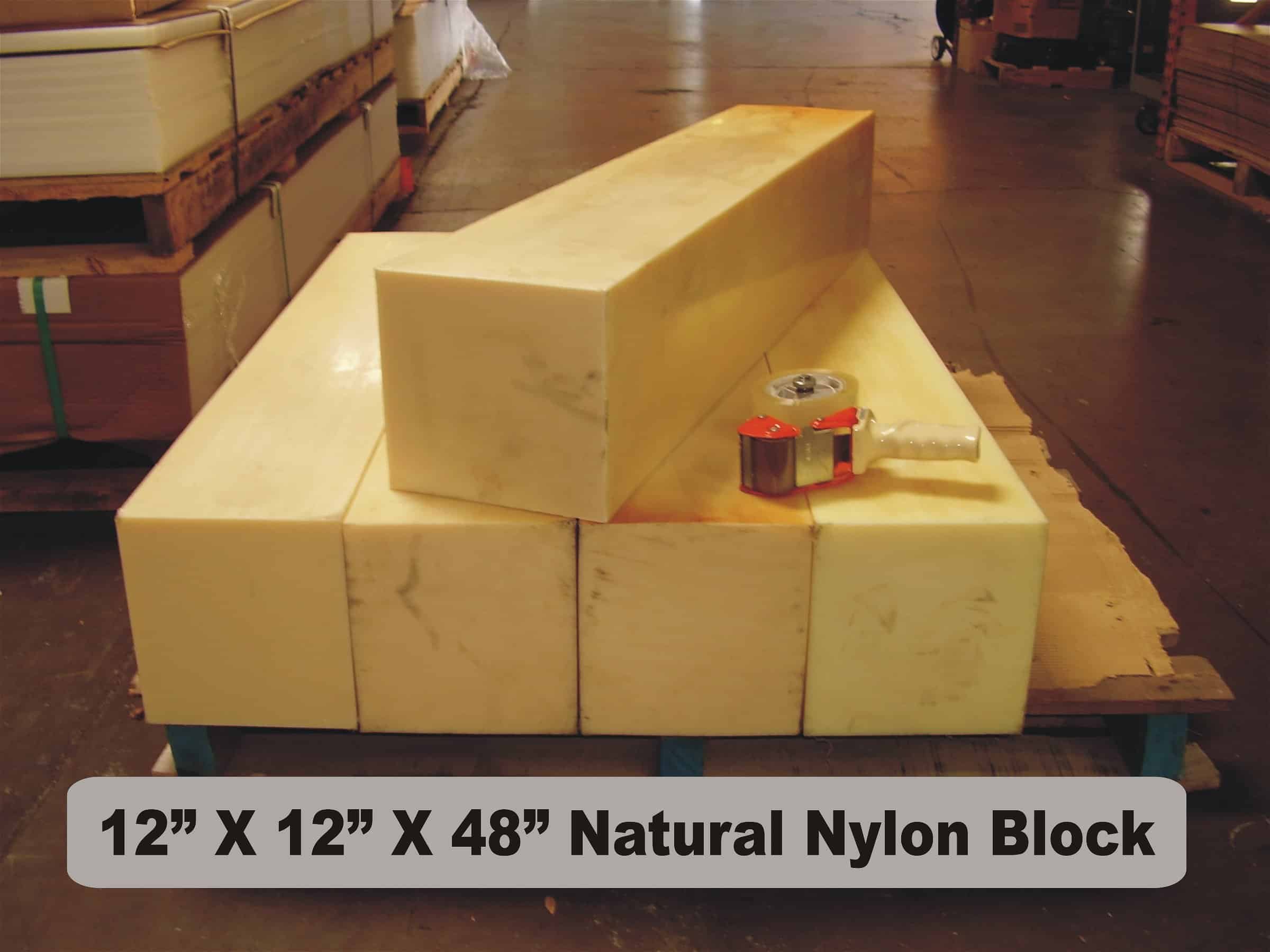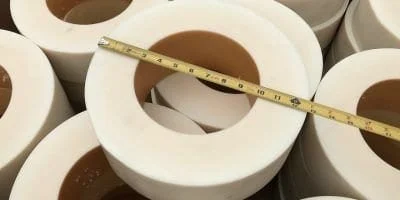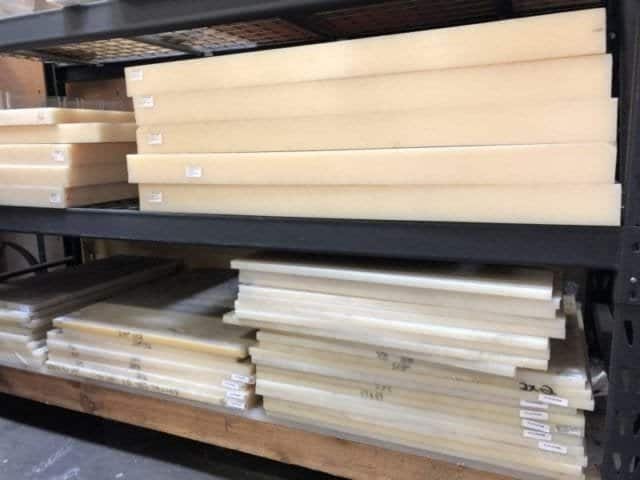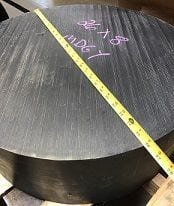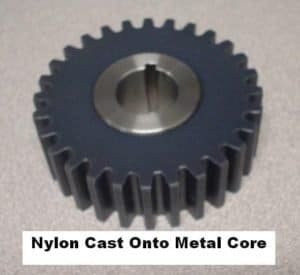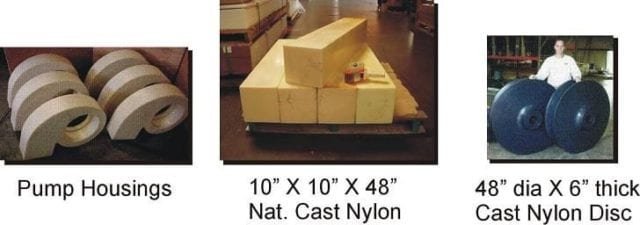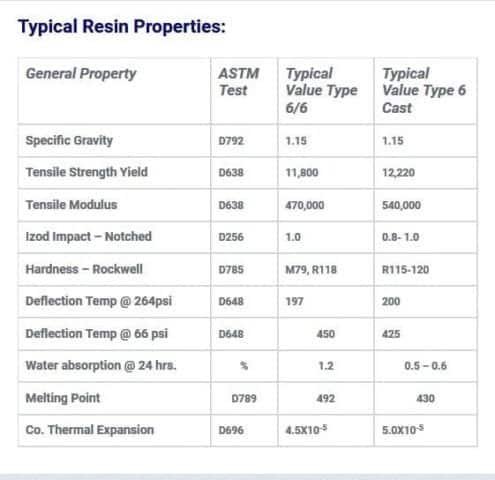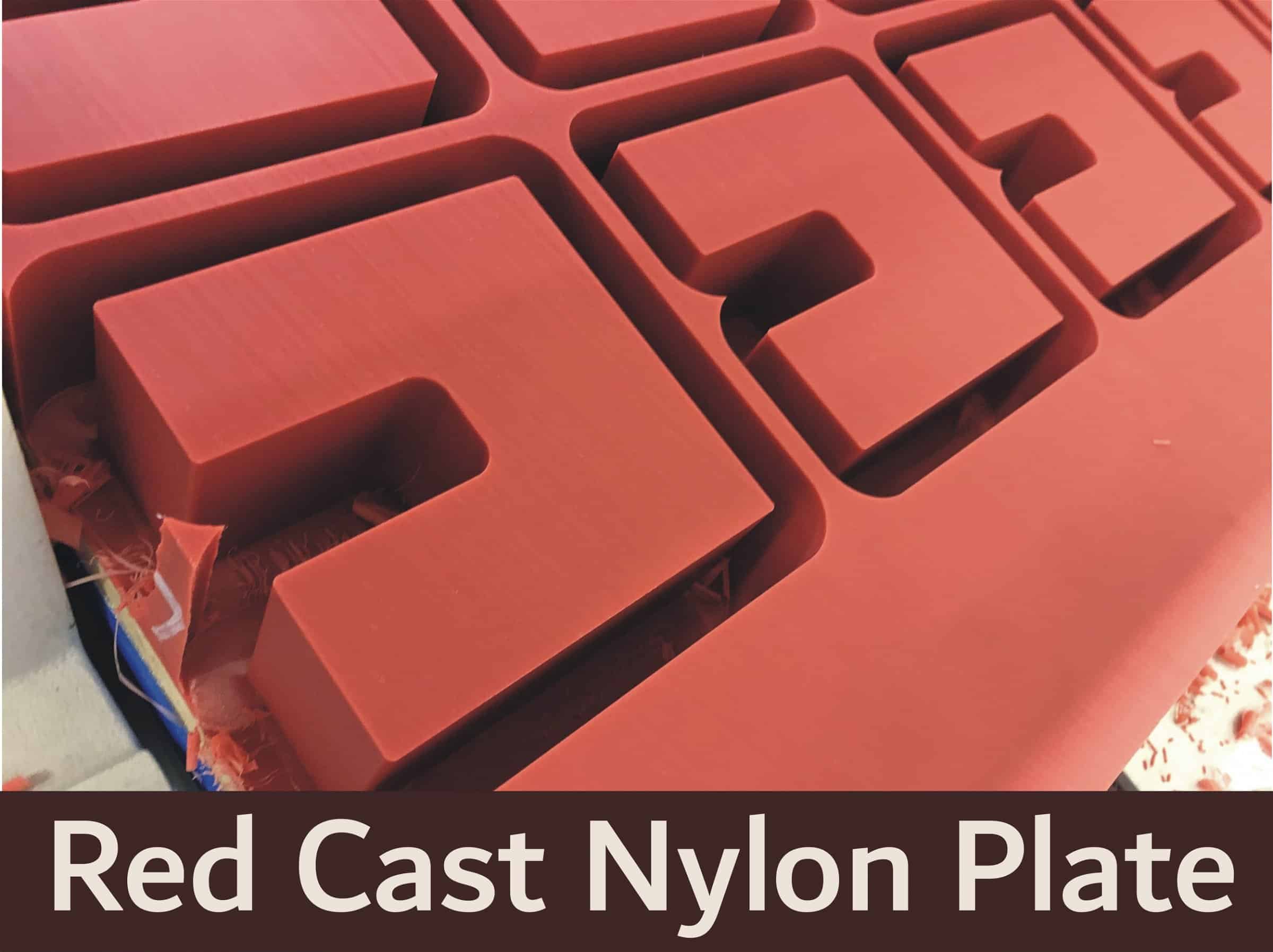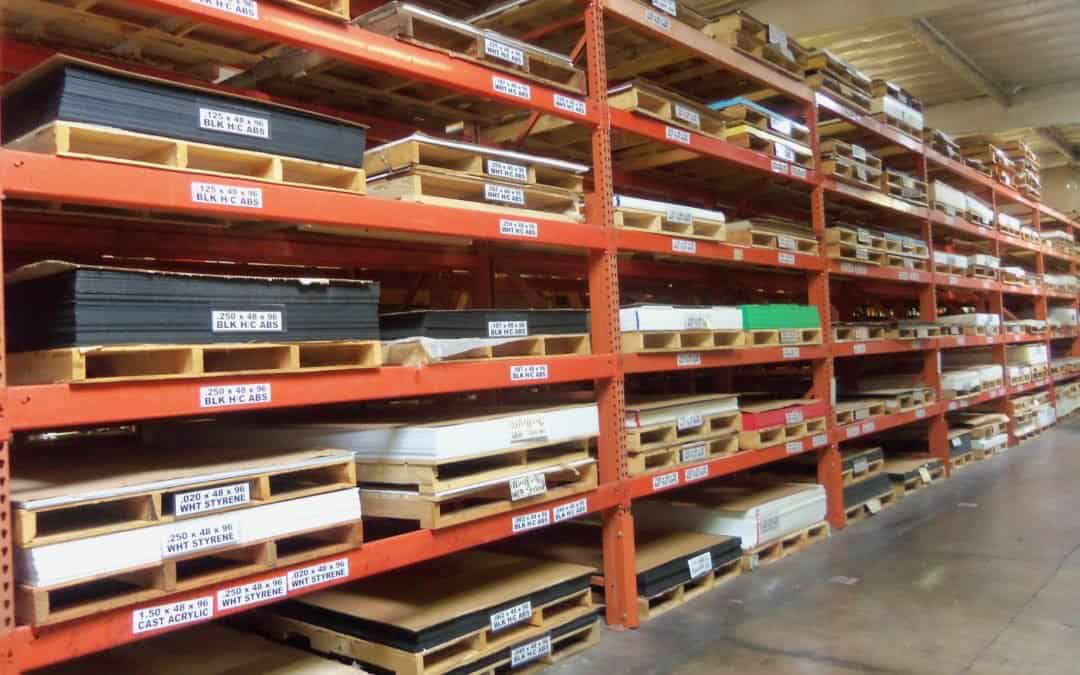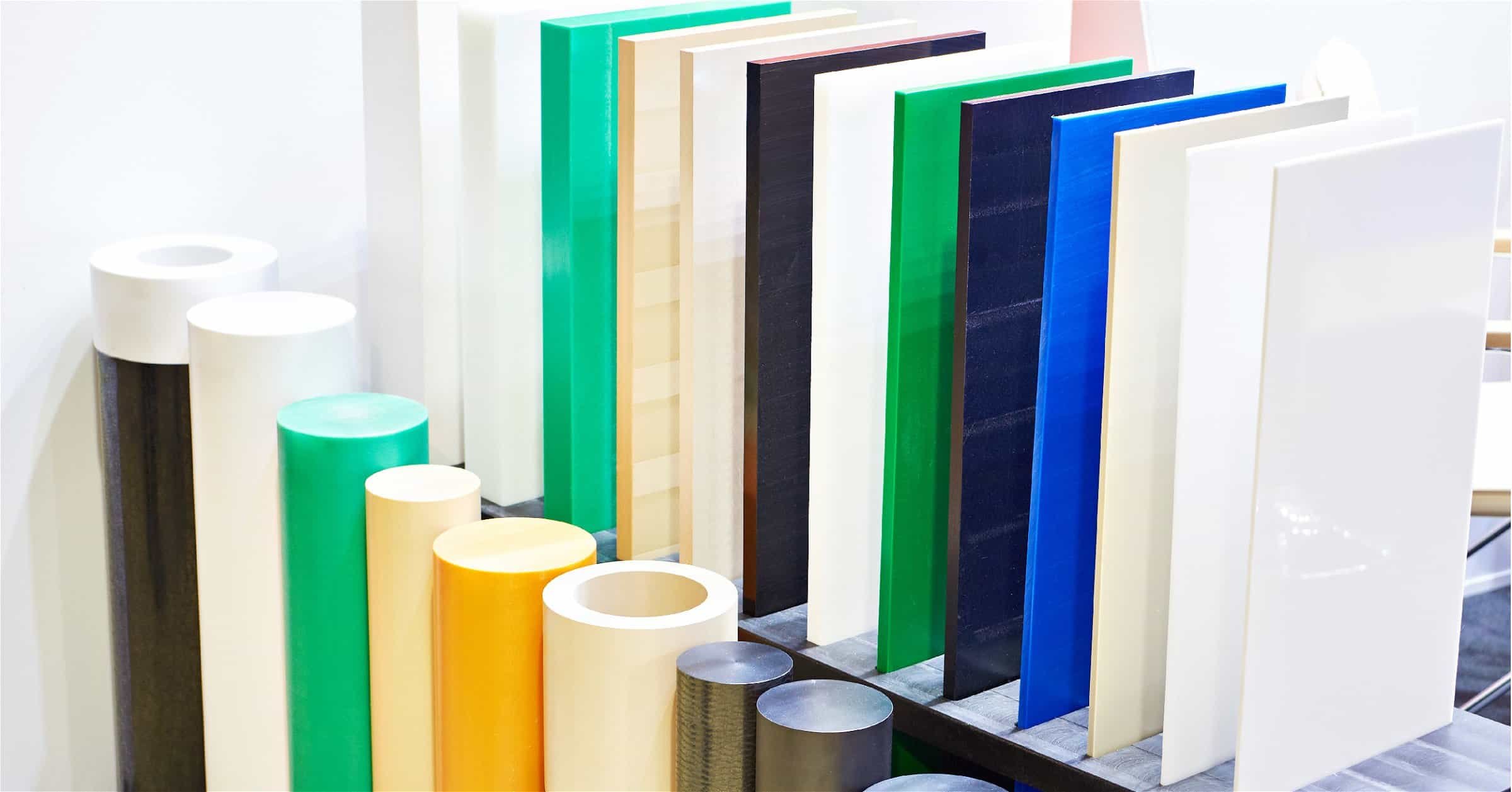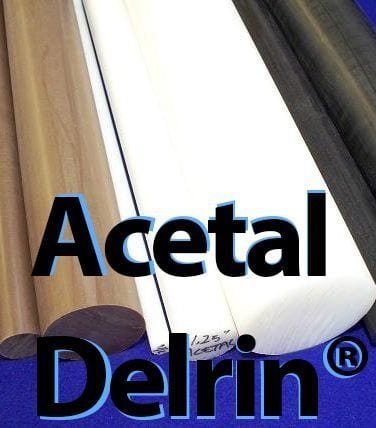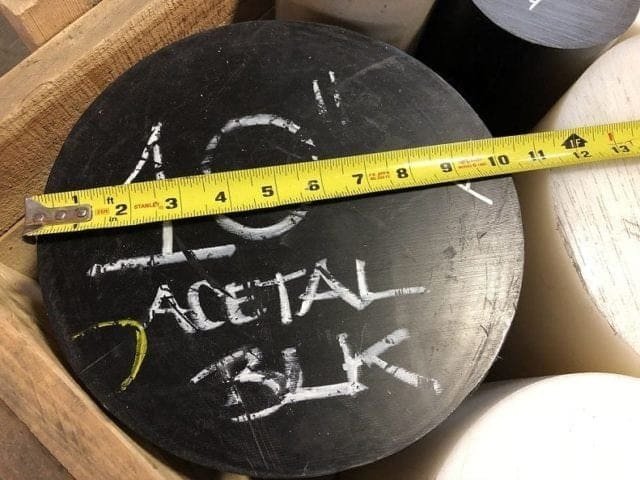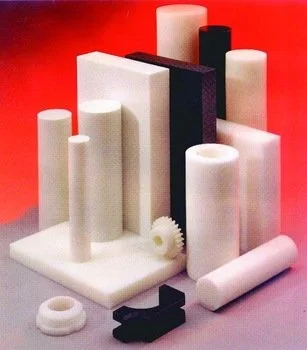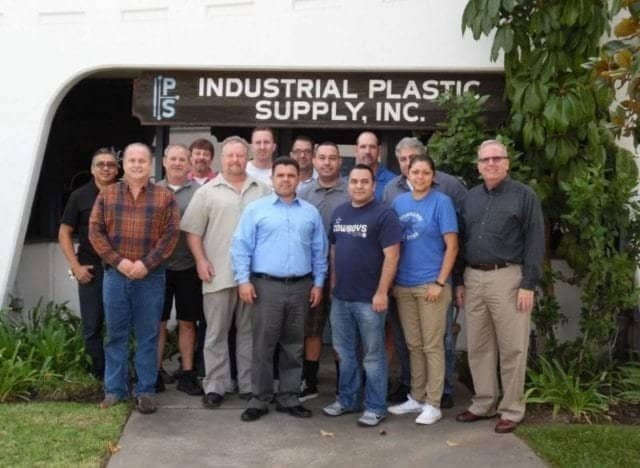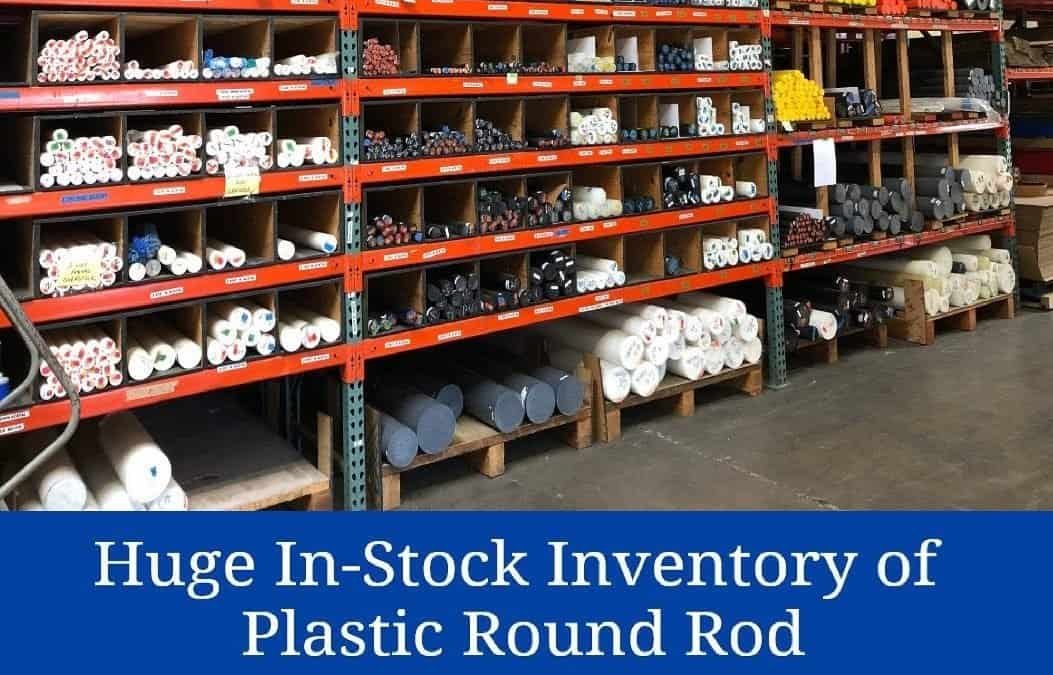
Plastic Rod and Round Rods
Plastic Rod and Round Rods
Specializing in plastic round rod and rods (aka: plastic dowel, plastic pin and plastic round bar); Industrial Plastic carries a huge variety of materials in round rod. Most materials are available in 96″ or 120″ lengths, however we normally cut these rods for shipment via UPS. Our plastic manufacturers are some of the best and largest in the industry and make the finest plastic rod and round rods available. We source only the best materials from American sources without any imports from China. Our plastic rods have the least amount of residual stress in the industry – providing the most consistent plastic rod, and thus the best finished parts.
Why chose Industrial Plastic Supply for your Plastic Rod and Round Rods
- Huge selection of plastic rod materials
- Most plastic round rod materials and sizes are sold by the foot (above 1.0″ diameter) and are in stock
- Cut to length plastic rod, round rods, dowel, pin and round bar
- Most variety of plastics available in round rod stock
- Many materials available in up to 10″ diameter in stock (some materials available over 20″ diameter)
- Plastic round rod generally starts at .250″ diameter (some materials available smaller)
Here’s a listing of the most popular plastic rod and round rods available:
ABS
Acetal/Delrin
Acrylic
Delrin/Acetal
Hi-Impact Styrene
Laminates (Paper, Canvas, Linen, G-10, FR-4)
Noryl – PPO
Nylon – Polyamide
PEEK
Polycarbonate (Makrolon – Lexan)
Polyester (PET – PBT)
Polyethylene (HDPE and LDPE)
Polypropylene
PVC
PVDF (Kynar)
PTFE- TFE
UHMW
Ultem – PEI
Still not sure which product is the proper material for your application, consult our free Plastic Materials Selection Guide. We stock a large inventory of most major high performance plastic materials, mechanical plastics and engineering plastics. Stop by or call us to see if we have the materials you need in our inventory.
If there is a material not listed, please call. It might be in stock, but not on the website. While this is a large list of materials, we do stock dozens of additional materials in plastic round rod. Contact us today for your plastic rod requirements.
